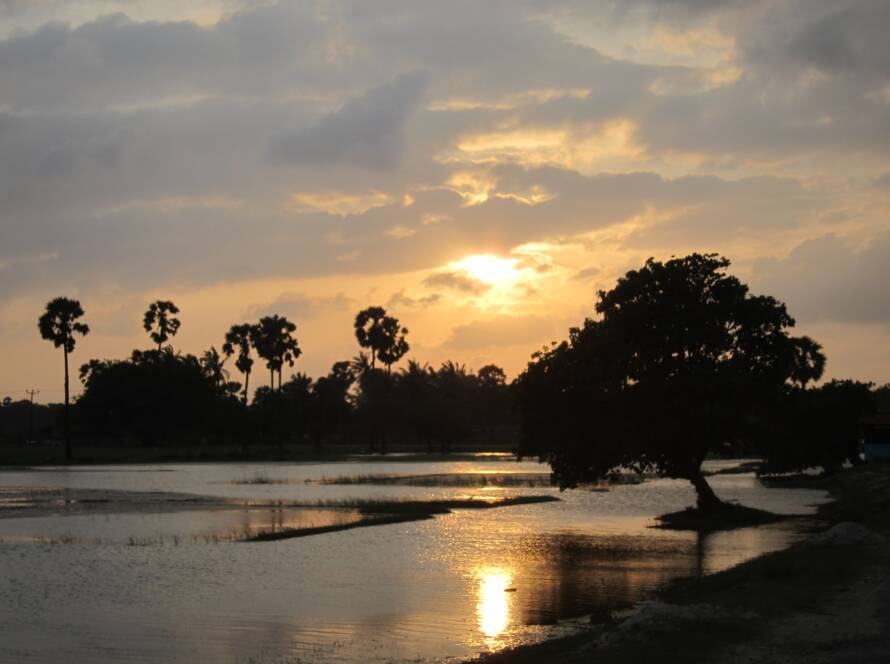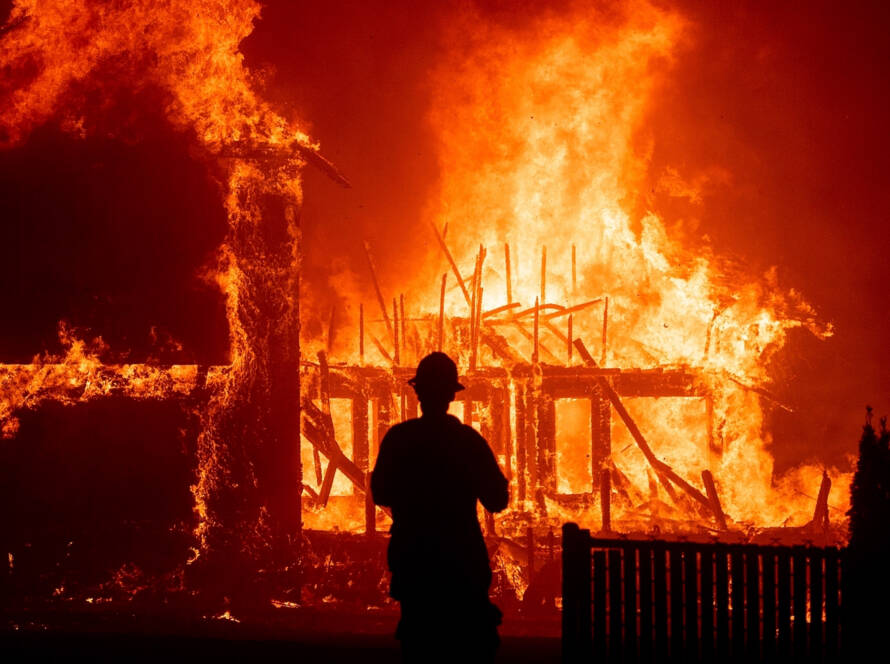By P. K. Balachandran
Set up in 1997, the Indian Ocean Rim Association (IORA) is an inter-governmental organization aimed at strengthening regional cooperation and sustainable development in the Indian Ocean Region (IOR). It is also meant to help member countries meet the many challenges posed by climate change.
The IORA has 23 Member States and 10 dialogue partners. The member states are: Australia, Bangladesh, Union of Comoros, French Republic, India, Indonesia, Iran, Kenya, Republic of Madagascar, Malaysia, Maldives, Mauritius, Mozambique, Oman, Seychelles, Singapore, Somalia, South Africa, Sri Lanka, Tanzania, Thailand, United Arab Emirates and Yemen. And the ten dialogue partners are: China, Egypt, Germany, Italy, Japan, Russia, Turkey, the Republic of Korea, the UK and the US. Bangladesh is the current chair.
Hazardous Belt
The Indian Ocean Region (IOR) is described as the “World’s Hazard Belt” because it is prone to disasters, both natural and man-made. The natural disasters are: climatological (cyclones and droughts), geological and tectonic (earthquakes and tsunamis) and hydrological (floods and tidal surges).
According to the UNESCAP, around 50% of natural disasters occurring in IOR are climatological, geological and tectonic. Climate change is caused by increasing sea levels and rising seawater temperatures. Man too generates oceanic disasters by causing oil spills, fires, leakage of poisonous and destructive substances, illegal dumping, and unregulated fishing. But by far, climatological and seismological factors are the most disturbing as these cause destruction on both land and sea over vast areas.
2018 and 2019 saw tsunamis and earthquakes in Indonesia, severe droughts in Madagascar, floods and landslides in India, seasonal cyclones in the Islands of the Indian Ocean, among many more calamities. The 2008 Super Cyclone in Myanmar and the December 2004 Indian Ocean earthquake and tsunami will never be forgotten. The loss of lives as well as the damage to property and the natural environment were humongous. These disasters have also triggered famines, societal imbalance and other tragedies. Between 1991 and 2005, disasters impacted 3,470 million people, of whom 960,000 people lost their lives.
The Indian Ocean modulates weather over the IOR countries affecting rainfall among other things. And rainfall is very important in this region. 75% of Indian farmers depend on monsoons for water. Oceanic and atmospheric processes regulate the Indian monsoon, which supports diverse ecosystems, fisheries as well as agriculture.
But climate change is threatening to upset the balance. Heatwaves over the Indian Ocean are reducing monsoonal rains over Central India though far from the sea. The rapid warming of the Indian ocean’s northern portions is intensifying cyclones in the Indian subcontinent.
When the water’s temperature exceeds a seasonal threshold for at least five consecutive days, a marine heatwave will occur. Marine heatwaves can affect weather patterns because sea surface temperatures are linked to atmospheric pressure and wind patterns, according to a piece in The Wire Science by Athira Perinchery entitled Climate Change is Altering the Dynamics of the Indian Ocean in Enormous Ways.
Perinchery refers to an investigation by Roxy Mathew Koll into cyclones between 1982 and 2019, which found that the intensity of cyclones in the Arabian Sea had increased by 20% to 40% over these years. Sea surface temperatures that caused cyclones here were 1.2 to 1.5 degrees C higher than they were four decades ago.
“This means the ocean is rapidly warming. This tends to enhance heat flux – the transfer of energy from the ocean to the atmosphere. Typically, heat and moisture released by warm waters in the ocean fuel tropical cyclones. So rapid warming favors the rapid intensification of cyclones”, Koll said.
Disaster Management
The IORA says that the management of disaster risks is particularly urgent in the IOR because the region is home to small island States and developing littoral countries with high population densities, which are hit much harder due to the lack of resources and assets to handle the calamity.
Disaster Risk Management (DRM) is therefore an area of collective interest to the IORA Member States. There is, therefore, a crying need for the development of knowledge and capacities in governments and communities to accurately anticipate, respond to, and recover from disasters, the IORA says.
What is IORA Doing?
Awareness about climate change and its consequence are key to the achievement of these goals. The IORA helps create awareness. It recognizes Disaster Management to be a multidisciplinary concept as it involves the participation of a multitude of stakeholders, including national governments, non-governmental organizations, regional and international partners, donors, civil society, and the private sector. The IORA is therefore in the process of encouraging partnerships and has made advances in this direction, through studies, symposia and training sessions.
Explaining its work in detail, the IORA says that its “dynamic” climate team helps national and sub-national governments design evidence-based policies and implementation frameworks to effectively address climate change.
“Our philosophy for policy development is based on conducting thorough baseline assessments, identifying implementation gaps and developing pragmatic and dynamic activity and resource mobilization frameworks. Our monitoring and evaluation systems are designed to ensure frequent feedback and course correction for effective policy implementation.”
“We have successfully created GHG inventory systems and designed crowdsourcing information collection frameworks for monitoring and evaluation of climate mitigation and adaptation actions.”
“On the technical front, our team members carry out climate and vegetation modeling for planning and development in agriculture and forestry and land use (AFOLU) sectors.”
Formal Pledges
Governments around the world are at least theoretically committed to taking action to tackle climate change. The Paris Agreement is a legally binding international treaty on climate change. It was adopted by 196 Parties at COP 21 in Paris, on 12 December 2015 and entered into force on 4 November 2016. Its goal is to limit global warming to well below 2, preferably to 1.5 degrees Celsius, compared to pre-industrial levels.
To achieve this long-term temperature goal, countries aim to reach global peaking of greenhouse gas emissions as soon as possible to achieve a climate-neutral world by mid-century.
Moreover, countries have pledged to go by the guidelines of the “Sendai Framework” to reduce vulnerabilities to natural hazards. The Sendai Framework for Disaster Risk Reduction 2015-2030 was the first major agreement of the post-2015 development agenda and provides Member States with concrete action plans to protect development gains from the risk of disaster.
According to the UN, the years since the Paris Agreement was entered into have already sparked low-carbon solutions. “More and more countries, regions, cities and companies are establishing carbon neutrality targets. Zero-carbon solutions are becoming competitive across economic sectors representing 25% of emissions. This trend is most noticeable in the power and transport sectors and has created many new business opportunities for early movers,” the UNFCC website says.
Battle for Funding
All the well-laid plans for tackling climate change depend on massive funding. But funding is a major issue for climate change institutions. The richer nations are showing little or no interest in climate change. But the developing nations appear determined to fight their case.
Speaking in parliament after his return from COP27 in Egypt, Sri Lankan President Ranil Wickremesinghe said: “The G20 had not reduced their emissions at all. They had not, in any way, contributed the US$ 100 billion a year that they promised. We had required US$350 billion per year and we had not even fulfilled that pledge. In that sense, we went into COP 27 having a setback to the agreements and achievements of COP 26.”
“Now, if you look at the COP 27 arrangements, we find that none of the developed countries or the G20 was there to have some serious conversations with the others. Some of the leaders who came, came only for the opening day, and though they were supposed to make statements, those statements were not made at the main conference, but on the sidelines of various events that took place. Then they all left.”
Indeed, it is a grim scenario for the IORA because its members, especially the small island State members, are bearing the brunt of the devastating fallout of climate change.
“We were discussing among ourselves that the only way out is to go to COP 28 and lock horns with the G20 on these issues.”
P. K. Balachandran is a freelance journalist based in Colombo writing on South Asian affairs for various news websites and dailies for a number of years. He has reported from Colombo and Chennai for Hindustan Times, New Indian Express and Economist. He has a weekly column in Daily Mirror and Ceylon Today in Sri Lanka.
Factum is an Asia Pacific-focused think tank on International Relations, Tech Cooperation and Strategic Communications accessible via www.factum.lk.
The views expressed here are the author’s own and do not necessarily reflect the organization’s.


